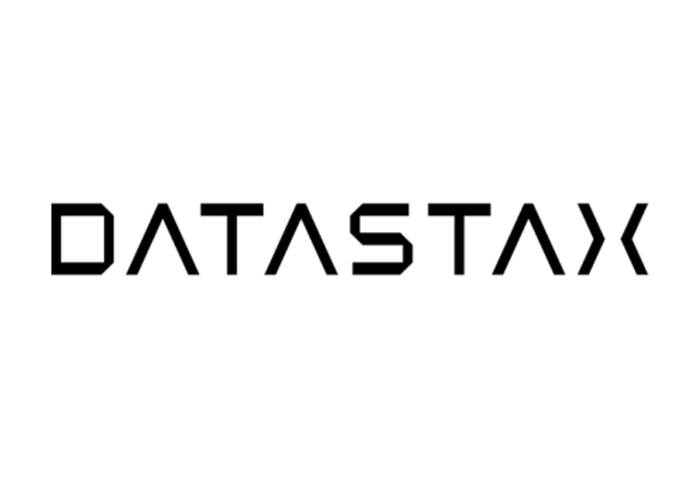Companies leading with data will come out ahead in the race to win with generative AI technology.
DataStax, the company that powers generative AI applications with real-time, scalable data, today released its top predictions for 2024. Spoiler alert: generative AI will be at the top of every organization’s list of priorities. Many companies will cement their place in the market in 2024 as businesses navigate the regulatory minefield currently being laid and work to build the game-changing AI applications that will fuel a completely new experience through which consumers interact with organizations and even each other.
Find the top predictions from DataStax below:
- AI will become more deeply regulated in the wake of consumer and regulator backlash.
- After simmering for years, AI exploded in early 2023 when ChatGPT and DALL-E went viral, spurring a whole industry of startups. This rapid rise led to societal and legislative concern and backlash, with the existential argument of “AI for good” versus “AI for commercial gain.” This culminated with the OpenAI and Sam Altman fiasco, bringing the juxtaposition to the forefront. It’s likely this backlash is just the beginning. The European Union is placing increased regulatory scrutiny on AI and the companies developing the technology, further galvanized by the Executive Order on the Safe, Secure, and Trustworthy Development and Use of Artificial Intelligence that came out of the White House in October.
- And the pressure is not just coming from the government and regulatory organizations. If unemployment and stagnation rise in 2024, we will likely see a backlash from workers who worry about AI displacing their jobs.
- The rise of dark AI will cause societal and/or business disruption.
Just like the dark web, there will be dark LLMs. There is every opportunity for automated agents, powered by open-source and uncensored LLMs, to be used for harmful attacks. Uncensored LLMs, potentially even coming from bad-actor states, can potentially be used for everything from financial fraud and organized crime to bioweapons and terrorism.
LLMs also pose a new risk of being exploited by attackers through things like highly realistic and personalized phishing emails and “deepfake” videos, agents that automate illegal financial activity, or even the surfacing of detailed plans and procedures for illegal or terrorist activity.
But it’s not all doom and gloom. LLMs can also be harnessed for cybersecurity protection and for thwarting bad actors. We’ll likely see innovations in this area moving into 2024 as well.
- AI companies will shake out, and only those capable of managing the governance, risk, and compliance requirements will remain.
- As companies invest in AI technology, they’ll be looking for partners who can support them through any new regulatory requirements. The AI companies that have the acumen and clout to build effective government relationships will position themselves to come out on top in this area.
- There will likely be one to three new, big players who show up and serve this need. Of course, OpenAI is expected to be the giant, but there’s room for other players to emerge who will create turnkey, compliant AI solutions.
- GenAI will drive deeper operational efficiencies in the SMB market, fueling transformation and disruption.
Many large enterprises will still be experimenting with generative AI in various “proofs of concept” or pilot programs as the implementation cycle is much longer and the process of deploying it to production much more complex.
However, SMBs are more agile and quick to the punch with new technologies. We’ll begin to see smaller organizations using Gen AI for everything from content creation to demand generation automation and more. They’ll be able to experiment, innovate, and deploy this technology faster than ever before.
- The “Instagrams” of GenAI apps will emerge in 2024.
When the iPhone came out, everybody went crazy for apps, and thousands appeared all at once, but many of them weren’t successful. Eventually, the real winners popped up: apps like Instagram, Facebook, and others. In 2024, we’re likely to see the “Instagrams” of GenAI applications start to emerge; the field will start washing out quickly, and we will see leaders come into view.
The leading-edge, agile companies that are building with AI will be pumping out new ways to engage with consumers and businesses alike.
We’re seeing early signs of this with Alpha Ori disrupting and enabling the multi-billion dollar international shipping business, with PhysicsWallah using Gen AI for EdTech for millions of students, and with Skypoint automating healthcare, saving physicians and medical providers up to 10 hours each week.
Looking for more? Read DataStax chairman and CEO Chet Kapoor’s reflections on 2023 in the DataStax blog.
Also read: Transforming Developer Productivity and Organizational Dynamics in this AI Revolution
Do Follow: CIO News LinkedIn Account | CIO News Facebook | CIO News Youtube | CIO News Twitter
About us:
CIO News, a proprietary of Mercadeo, produces award-winning content and resources for IT leaders across any industry through print articles and recorded video interviews on topics in the technology sector such as Digital Transformation, Artificial Intelligence (AI), Machine Learning (ML), Cloud, Robotics, Cyber-security, Data, Analytics, SOC, SASE, among other technology topics.






